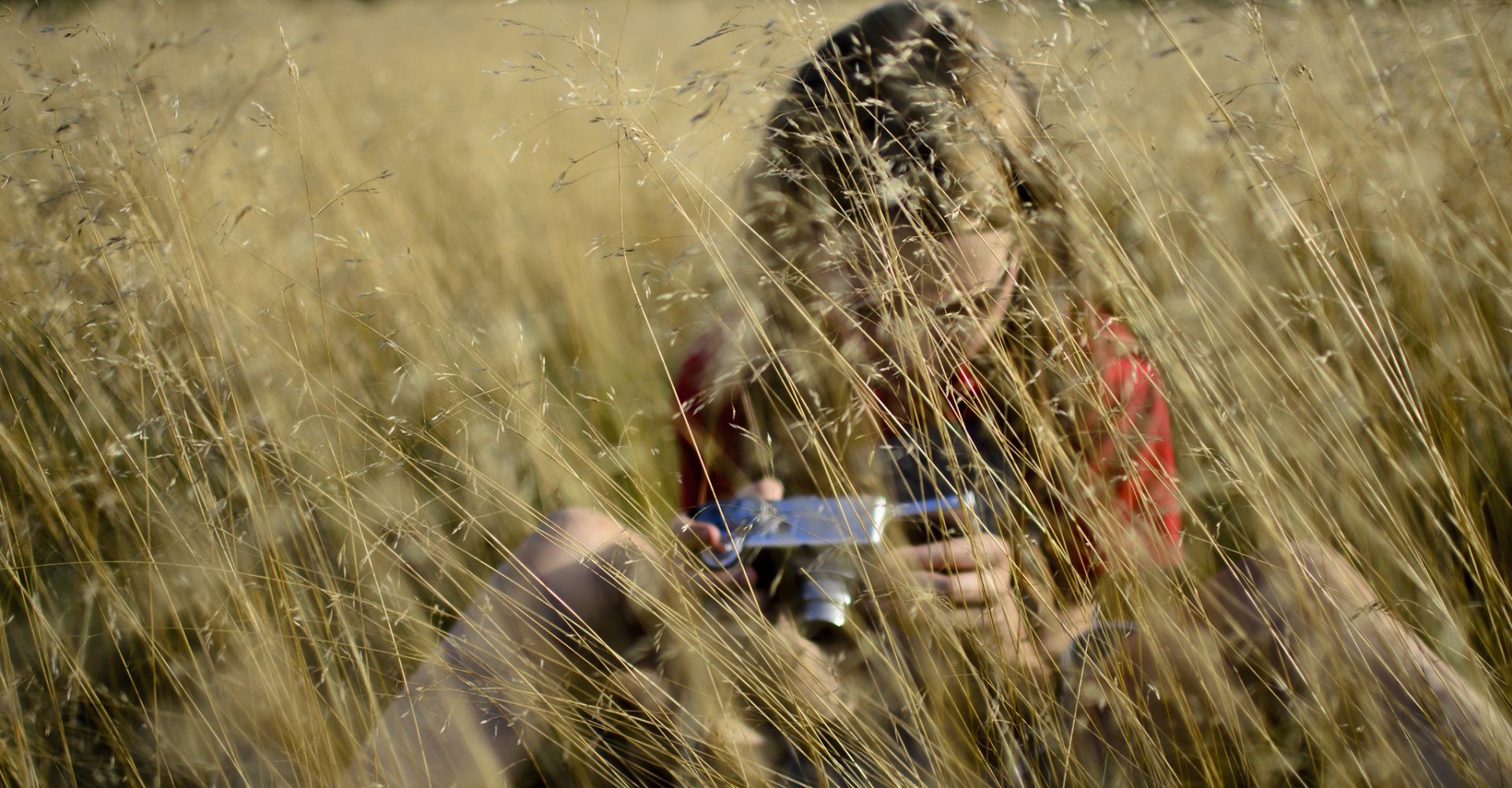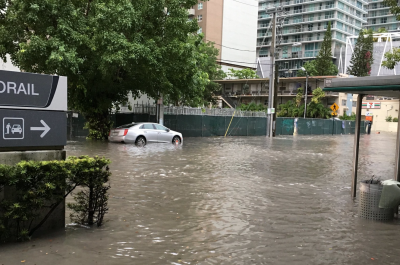Make ISeeChange a virtual classroom to observe and discuss climate change
ISeeChange is a fun and easy way to incorporate citizen science into your curriculum. Students can use ISeeChange on a phone or computer to journal about climate, weather and the environment alongside a global community. From members in Nigeria tracking extreme heat to those in Miami monitoring sea level rise and flooding, our community puts a human face to the everyday impacts of climate change.
At ISeeChange we encourage students and teachers to share reflections and stories of how the changing climate is impacting our daily lives. Through ongoing observation, students can experience a connection to nature, grasp basic science concepts and start to tackle the large topic of climate change through real examples from their backyard.
Climate change can be overwhelming regardless of your age! However when students observe the challenges that it poses to them, they are confidently developing the tools and knowledge to envision future solutions.
For teachers looking to meet the Next Generation Science Standards, using ISeeChange with your class can fulfill requirements.
As active members of the ISeeChange community, students help to:
- Build a public record of lived climate and weather experiences.
Your experiences have insights and context not seen in traditional science data, such as Massachusetts middle schoolers posting about how the weather affected their health.
- Create awareness and evidence for local climate and weather concerns.
Members in Ocean City have been tracking their tidal flooding and advocating for mitigation projects.
- In places where we have partnerships, posts can directly influence infrastructure, policy, and education programs.
Local governments, engineers and advocacy groups rely on data that may miss critical and insightful details. Our members in New Orleans have helped with granular, real time storm details and experiences for current flooding infrastructure projects.
What makes a good ISeeChange post?
- Tell your story and include details about how the weather or climate is affecting your life.
- Show how human life intersects with nature.
- Share something you notice that is new, surprising or unusual.
- Track how a part of the natural world or your community changes over time or from one area to another.
Good posts also create conversation! Teachers and students are encouraged to comment on sightings from their classmates and across the community. You can use the comments section as an extension of classroom discussion.
Notes on privacy
We find that individual accounts for students are the ideal way for classes to participate in terms of informing climate trends, inspiring conversation and contributing to climate adaptation planning. We understand that this may not be possible within all grade levels. For now, we encourage ISeeChange use in middle and high school.
Location data will never be made publicly available. On our platform the location of ISeeChange posts is generalized for privacy. Similarly, emails associated with ISeeChange accounts are not publicly available.
Since we are a public record of the climate experience, our posts can come up in google searches. If there are any concerns around this, we suggest teachers have students sign up with their first name and last initial or a pseudonym.



